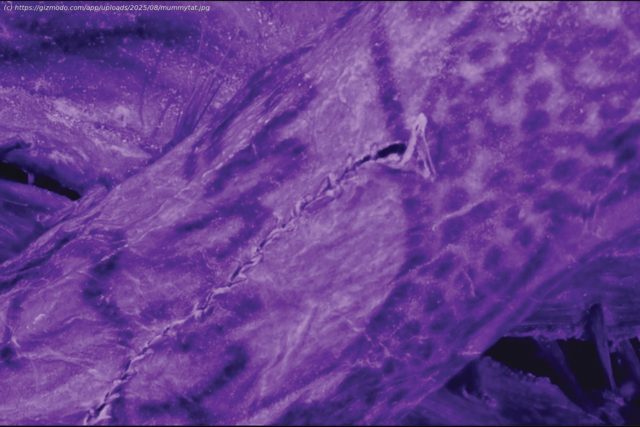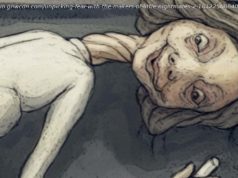As in modern times, tattooing in ancient Siberia was an art that required formal training and artistic sensibilities, researchers say.
For the first time, archeologists have gotten a detailed look at the intricate tattoos on a 2,000-year-old ice mummy, found buried deep within the permafrost-covered mountains of Siberia.
These tattoos would be challenging to produce even today, the researchers say, suggesting that ancient tattoo artists possessed a considerable degree of skill.
With help from modern tattoo artists, an international team of researchers examined the mummy’s tattoos in unprecedented detail and identified the tools and techniques that ancient societies may have used to create body art. The findings were published in the journal Antiquity.
Like it is now, getting inked up was a common practice in prehistoric societies. Studying the practice is tough, however, because skin is rarely preserved in archaeological remains.
The “ice-mummies” of the Altai mountains, in Siberia, are a notable exception—they were buried in chambers now encased in permafrost, sometimes preserving the skin of those within.
The Pazyryk people were horse-riding nomads who lived between China and Europe. “The tattoos of the Pazyryk culture—Iron Age pastoralists of the Altai Mountains—have long intrigued archaeologists due to their elaborate figural designs”, Gino Caspar, an archaeologist at the Max Planck Institute of Geoanthropology and the University of Bern, said in an emailed statement.






